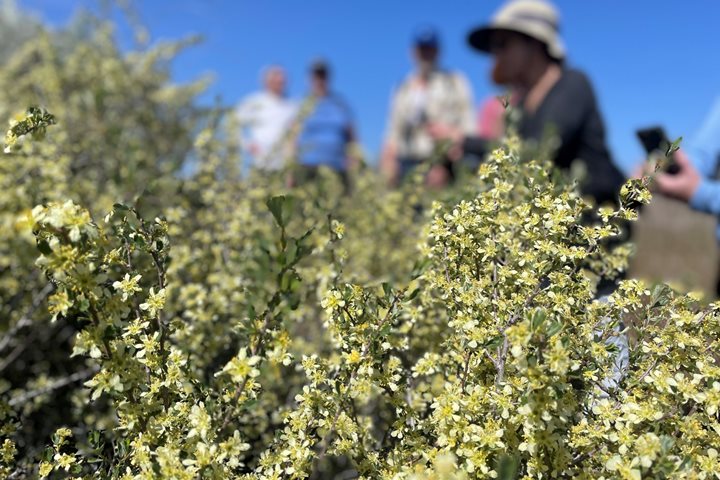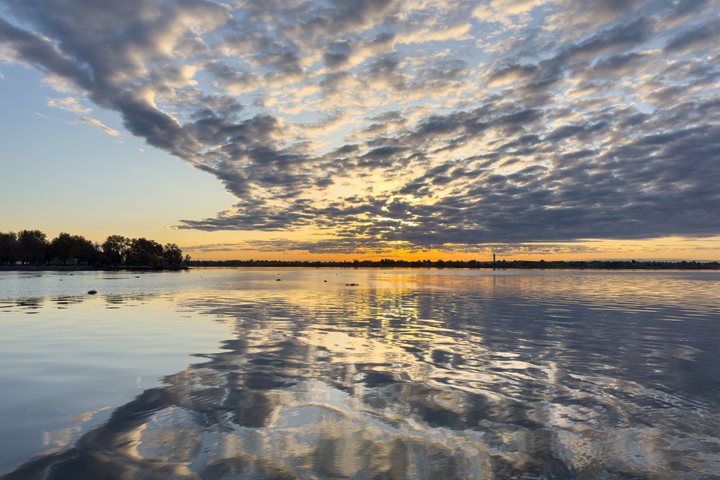Today we have arrived to the Snake River! At 6 A.M., under starlight and a waning crescent, we said adios to the Columbia River. We arrived to Ice Harbor Dam not long after, and moved through the giant guillotine gate before it came down behind us. We rose up quickly and were soon on our way again, 90 ft. higher than when we woke. We continue our journey sailing up, over the continent of North America.
Wildlife was in rich supply today, especially after we reached the Palouse River. We set out on our expedition landing craft up the narrow waterway. We can now grasp the rich lava floods that inundated this area millions of years ago, as well as the immense river floods that scoured down through the bedrock. Knowing the full story of this scenery adds a special richness to our visit. It is beautiful for its geologic history, for its cultural history dating back to the Palus people who bred the Appaloosa horses, and most certainly for its photogenic vistas, looking up at the towering walls and seemingly golden terraces.
Today we saw three bald eagles, two golden eagles, ruddy ducks, coots, northern flickers, eared and Western grebes, red-winged blackbirds, magpies, red-tailed hawks, and you know what, too many others to bore you with such a list.
We also enjoyed a trip up the canyon to look down onto Washington’s state waterfall, Palouse Falls. Reaching down 198 feet, the falls is beautiful, yet only a trickle compared to the catastrophic floods that carved these scablands.
Petrichor is the word of the day. This is the smell after a rainstorm saturates dry ground. This smell is thanks to many of the oils excreted by the dried leaves of plants, and later aerosolized when the rain falls. We were bathed in this herbal, aromatic scent of sagebrush, rabbitbrush, and others. The other earthy scents come from bacteria called actinomycetes that are released from dry soils. Scientists say our affinity for Petrichor is due to our countless millennia of worshiping the return of the rains. It was another nice day experiencing the sights, sounds, and smells of the Columbia & Snake River watershed.







